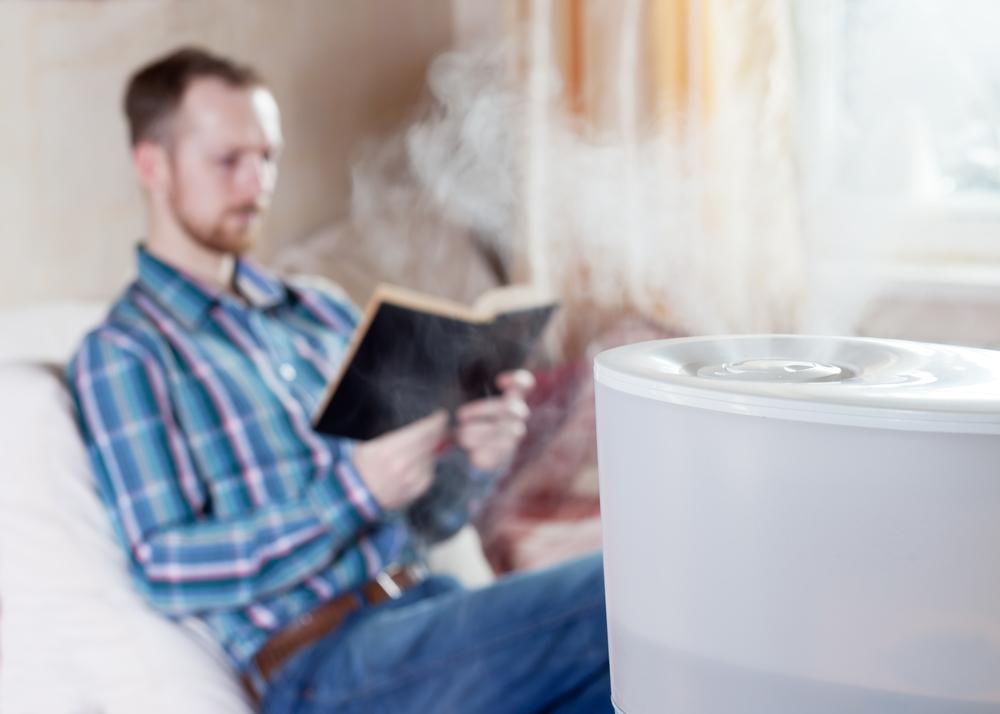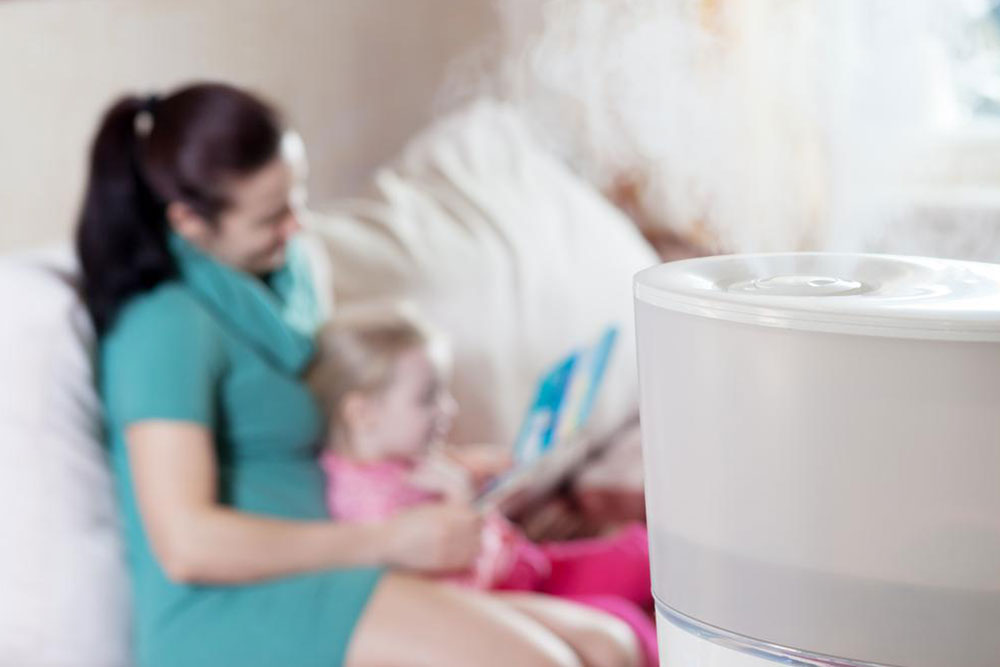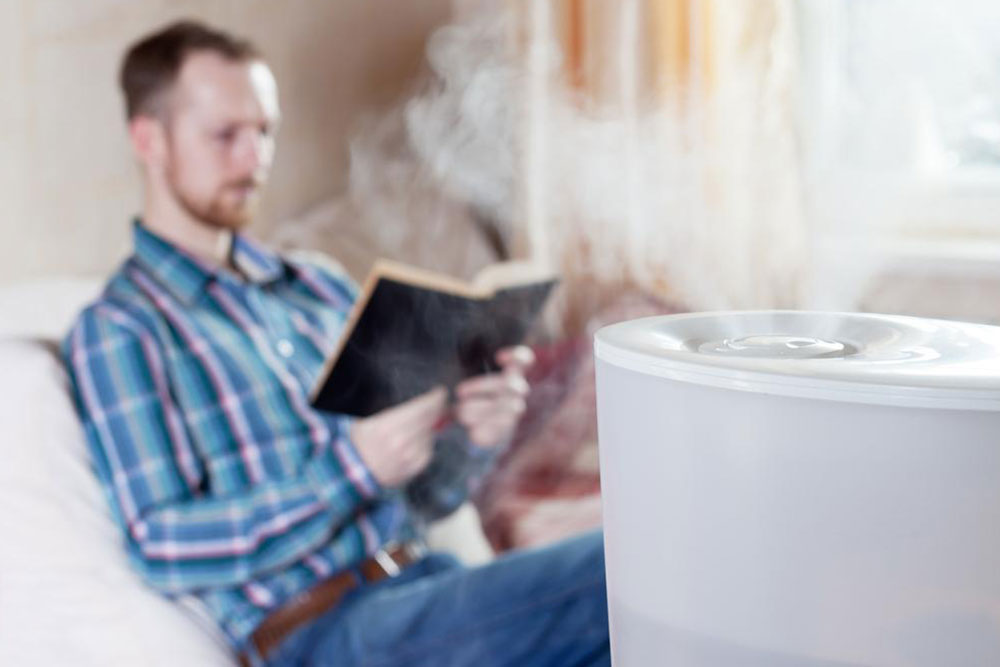Important Considerations for Choosing the Perfect Air Purifier
Discover essential tips for selecting the ideal air purifier. Learn about key features, filter technologies, and maintenance practices to ensure your device operates efficiently. Improve your indoor air quality and safeguard your health with informed choices.

Key Factors When Selecting an Air Purifier
Air purifiers, also called air cleaners, are devices aimed at removing airborne pollutants from indoor spaces such as rooms and apartments. They help alleviate allergy symptoms and respiratory problems while improving overall air quality. This article explains how air purifiers function and provides maintenance tips to ensure they work efficiently.
Reasons to Choose an Air Purifier
To significantly improve indoor air quality.
With rising pollution levels, air purifiers are essential for health. Indoor environments often trap pollutants, chemicals, and fine particles, making indoor air more contaminated than outdoor air by two to five times. Homes near traffic congestion or industrial areas are especially vulnerable to harmful pollutants, emphasizing the need for effective filtration systems.
Where to Find Trusted Information on High-Quality Air Purifiers
Consider these reputable websites to help select the best air purification devices:
Cleanair4life.com: Offers comprehensive reviews and sales on various air purifiers, including allergy-friendly units, HEPA models, and portable options. They also feature replacement parts, industry news, and customer feedback.
Airpurifiers.com: Provides detailed product categories, user reviews, manuals, and guides on choosing suitable units. The site also features FAQs and support for buyers.
Usairpurifiers.com: Allows filtering options by brand, budget, room size, and features. It stocks replacement filters, offers maintenance advice, and shares reviews for optimal operation.
Creating accounts on these sites helps stay informed about new releases and special discounts, ensuring smart purchasing decisions.
Filter Technologies Used in Air Purifiers
HEPA Filters: High-efficiency filters capture particles larger than 0.3 microns, effectively removing dust, pollen, and allergens using dense fibrous material in an accordion style.
Activated Carbon Filters: These porous filters absorb gases, odors, and chemicals, making them suitable for allergy and asthma sufferers.
UV Light Technology: Often combined with other filters, UV sterilizes air by killing germs, bacteria, and viruses.
Negative Ion Generators: Emit negative ions to cause particles like dust and pollen to cluster and settle out of the air, though less effective against tiny airborne toxins.
Maintenance Recommendations for Air Purifiers
Keep surrounding areas clean to prevent dust from burdening the unit.
Unplug periodically for cleaning exterior surfaces and removing dust buildup.
Regularly replace or clean filters; clogged filters reduce efficiency and shorten device lifespan.
Place the purifier in an open, spacious location to enhance airflow and filtration performance.
Note: Our blog offers practical insights across various topics. While based on thorough research, the information provided should be considered supplementary. We disclaim responsibility for data inaccuracies or discrepancies. Occasionally, promotional deals or offers may not be included but could be more advantageous.


